Your Guide to Bicycle Safety
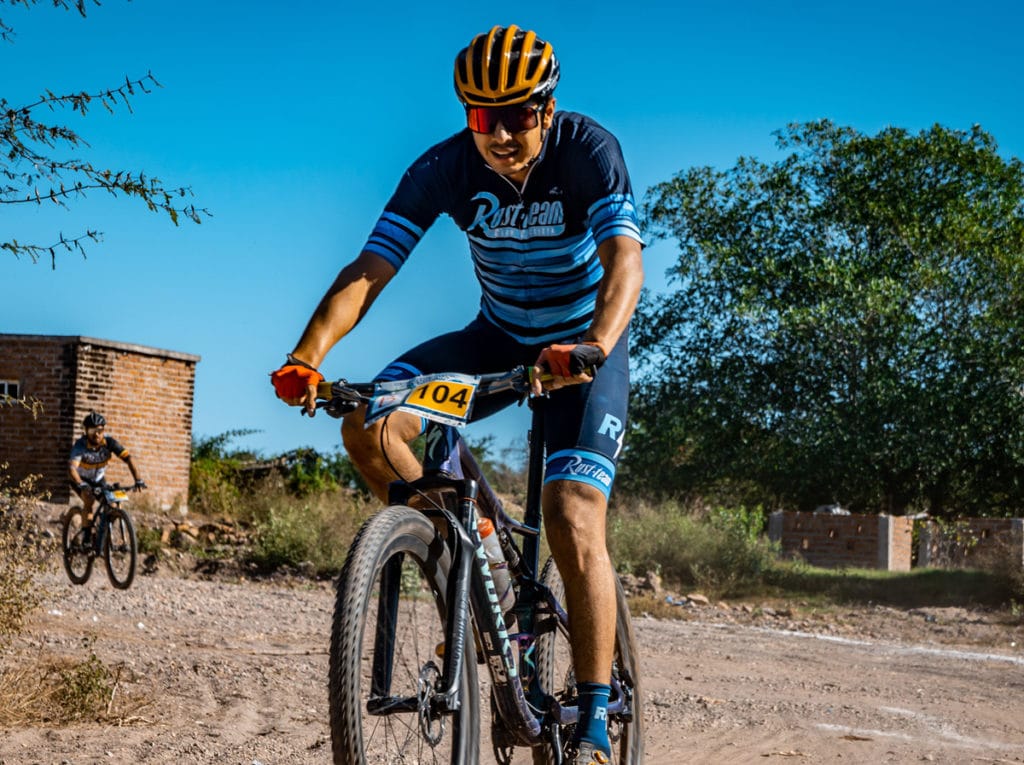
Riding your bicycle is one of the most enjoyable and healthy activities for kids and adults. It’s environmentally sound and available to members of all economic groups.
Cycling can also a be a dangerous activity, especially when it’s done in a high-traffic area. In 2017, over 1500 cyclists suffered injuries while riding in Ohio. Nationwide, the number of bicycle accidents is also on the rise.
You can work to lower the risk of injury for both you and your children by taking some commonsense precautions.
Proper Equipment
Using the right equipment is essential to preventing injury. You should wear a bicycle helmet that meets all safety standards and that fits appropriately. One that is too large or small will not provide the highest degree of protection.
Also, you need to make certain that the bicycle is adjusted to fit the rider’s body, especially the seat and the handlebars. This step is particularly important for your children. They cannot maintain proper control of a bike if they can’t easily reach the brakes or the pedals.
Also, regularly check the bike’s brakes to make sure they are functioning correctly and do not ride on under-inflated tires.
Safe Riding Practices
When on the road, you need to do the following:
- Ride with the traffic flow – this has been proven safer than riding against it.
- Follow traffic laws – they apply to cyclists as well as motorists.
- Beware of parked cars – an open door can easily take you down.
- Keep riders younger than age 10 on the sidewalk if the law allows.
- Avoid night cycling – if you are out when visibility is poor, wear reflective clothing and have reflectors on the front and back of your bike as well as on the tires.
- Don’t dart into traffic from between parked cars – enter at the intersections so drivers can see you.
- Avoid narrow roads with little or no shoulder.
- Check your tires, brakes, and chain – don’t be afraid to add some neon colors or reflective surfaces to your biking outfit.
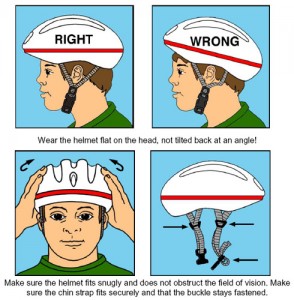 Wear a helmet – think of dropping a melon on the floor from shoulder height. That’s what happens to your head in a bike accident if you are not wearing a helmet.
Wear a helmet – think of dropping a melon on the floor from shoulder height. That’s what happens to your head in a bike accident if you are not wearing a helmet.- Follow the law – Remember, you have the same rights and responsibilities on the road as drivers do. Obey traffic signals – and always ride WITH traffic in the right most lane headed in the direction you’re traveling.
- Make yourself visible – when talking to drivers who have gotten into accidents with bikers, most police officers hear the driver say, “I just didn’t see him!” Do your best to stand out on the road by wearing bright, neon colors and reflective materials. Head and taillights are required for riding at night in many states, and make sure you have reflectors on both the front and back of your bike.
- Avoid Heavy Traffic – while cyclists have just as much of a right to be on the road as larger automobiles, the nature in which you’re traveling puts you in a much more vulnerable position, and you should therefor ride defensively and prepare to be as safe as possible. “Take time to look for safe routes with designated bike lanes, trails or other lightly used roadways. And if you must share the road with motor vehicles, it may be safer to “take” the lane by riding in the middle rather than “sharing” the lane with a vehicle.”
- Avoid Road Hazards – check for cracks, glass, drain grates, gravel and debris.
- Be Predictable – make your intentions clear to motorists and other bikers. Try to signify when you’re turning, and be incredibly aware of your surroundings before changing your pace.
Although cyclists have every right to ride on many major roads, not all drivers consider your rights. In fact, they may think you shouldn’t be on the road at all. Be sure to cycle responsibly and watch out for those drivers who don’t want to share “their space” with cyclists.
Bicycle riding is an integral part of childhood and adulthood. Keep you and your children safe by following simple cycling rules and avoiding dangerous traffic situations. Bike riding should be fun – not dangerous.
Comments are now closed
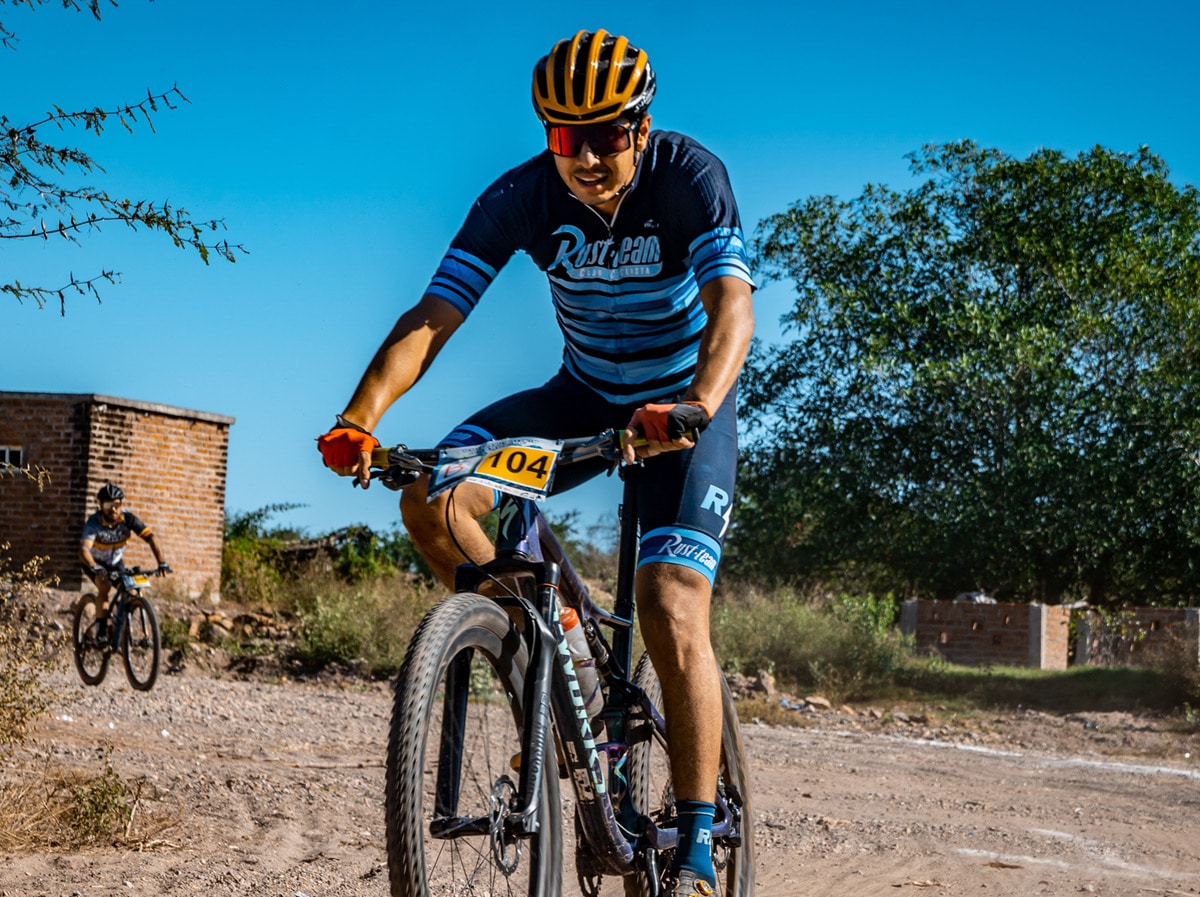
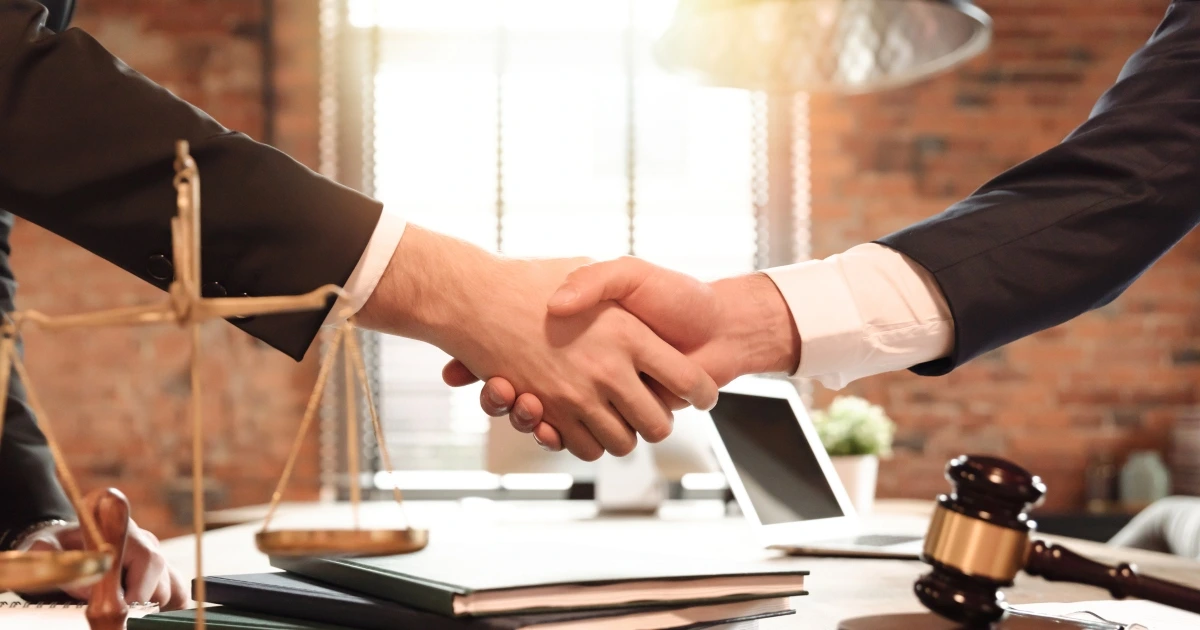
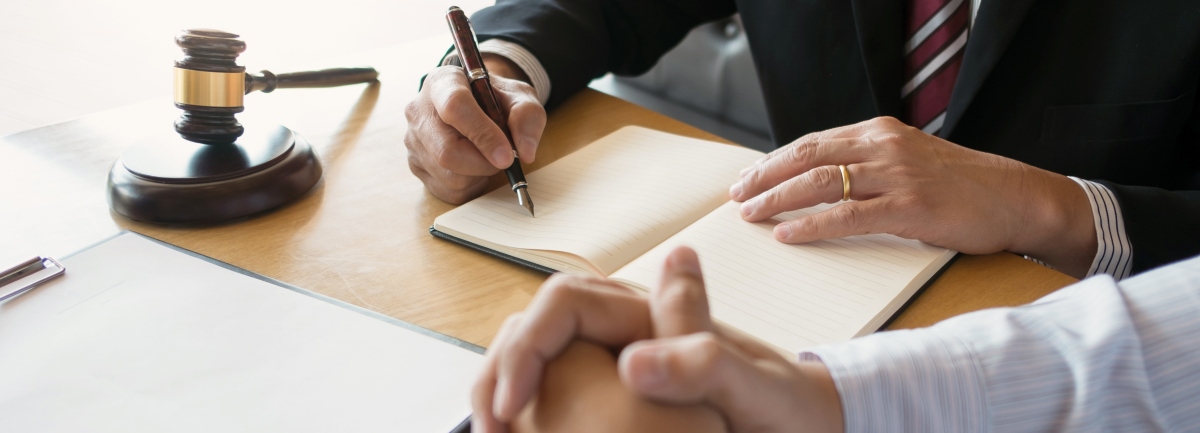
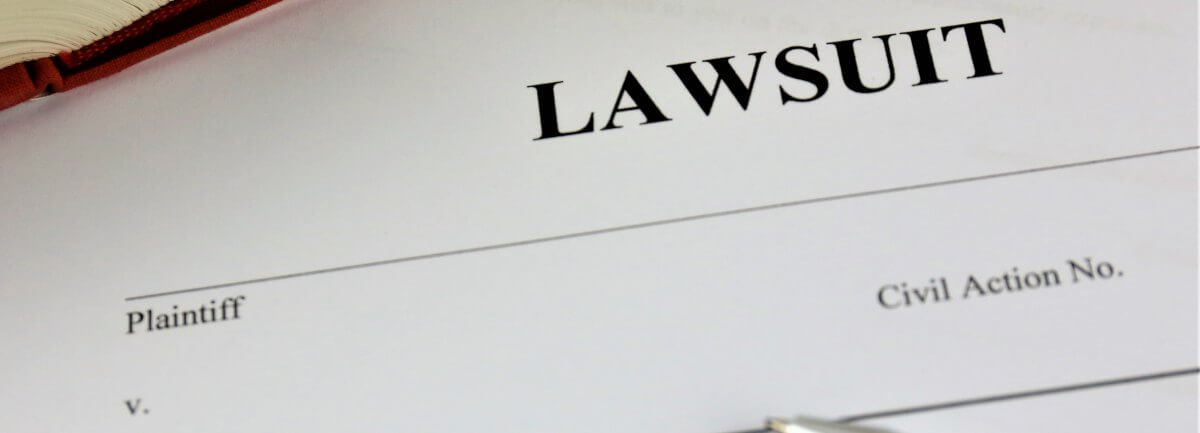
Comments